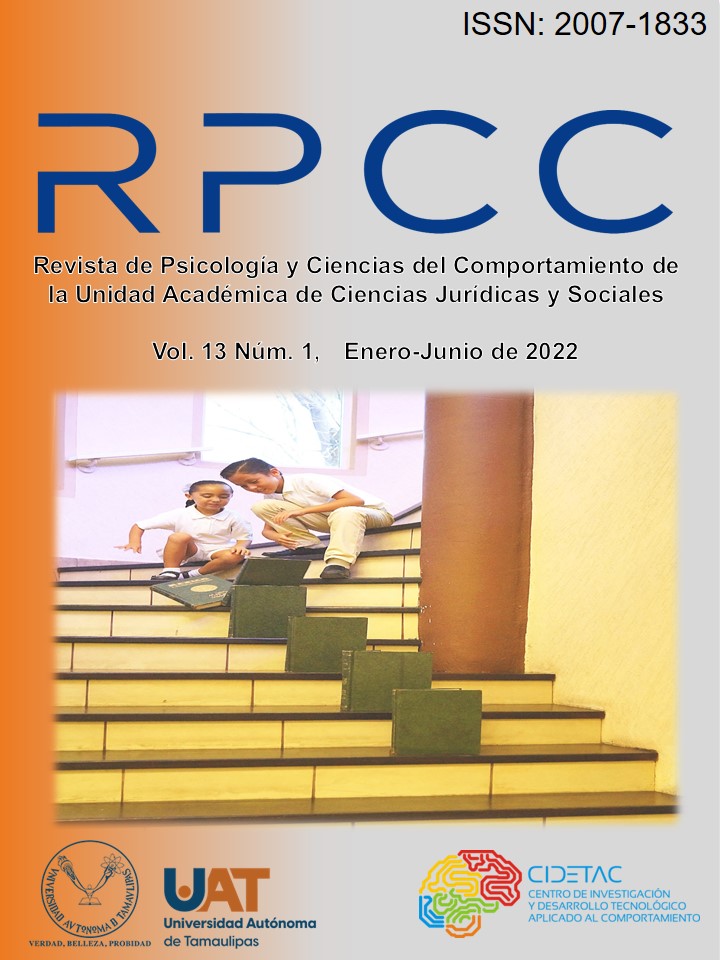Infoxicación por comunicación interna en WhatsApp y estrés laboral. Caso: docentes de la UAT
DOI:
https://doi.org/10.29059/rpcc.20220501-143Abstract
The use of WhatsApp in organizations facilitates effective internal communication (IC), encourages participation and generates cohesion; however, the ease of producing messages can cause infoxication in work groups and affect work stress. Therefore, the purpose of this research is to analyze the incidence of the main components of infoxication in WhatsApp work groups on the level of work stress. This research is quantitative, descriptive and not experimental. The data were collected through a survey with 10-level Likert scale items, provided online to teachers of the Autonomous University of Tamaulipas (UAT), between August and September 2020, 381 surveys were considered. The data obtained were treated by Factorial Analysis (FA) with VARIMAX rotation. In conclusion, the redundancy of the message by the same and different mass media, the overload of erroneous and incorrect information, the overload of important and relevant information, and the overload of communication, are components of infoxication and significantly affect work stress.
Downloads
Published
Issue
Section
License

This work is licensed under a Creative Commons Attribution-NonCommercial-ShareAlike 4.0 International License.
Those authors who have publications with the Journal of Psychology and Behavioral Sciences of the Academic Unit of Legal and Social Sciences, accept the following terms:
a. The authors will retain their copyright and guarantee the journal the right to first publish their work, which will be simultaneously subject to the Creative Commons Attribution-NonCommercial-Share Alike 4.0 International License. which allows third parties to share the work as long as its author and his first publication are indicated this journal.
b. Authors may adopt other non-exclusive license agreements for the distribution of the version of the published work (e.g., deposit it in an institutional telematic archive or publish it in a monographic volume) provided that the initial publication in this journal is indicated.
C. Authors are allowed and recommended to disseminate their work through personal communication (e.g. colleagues) before and during the submission process, for purposes of feedback or enrichment of the work, which can produce interesting exchanges








